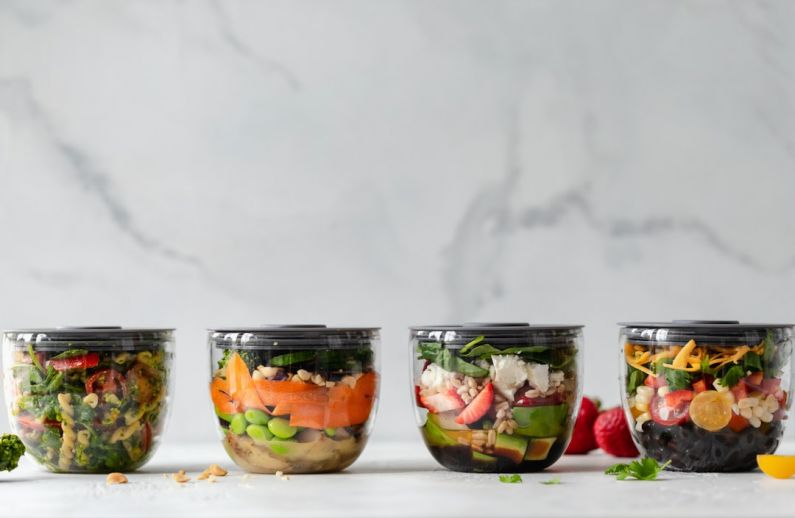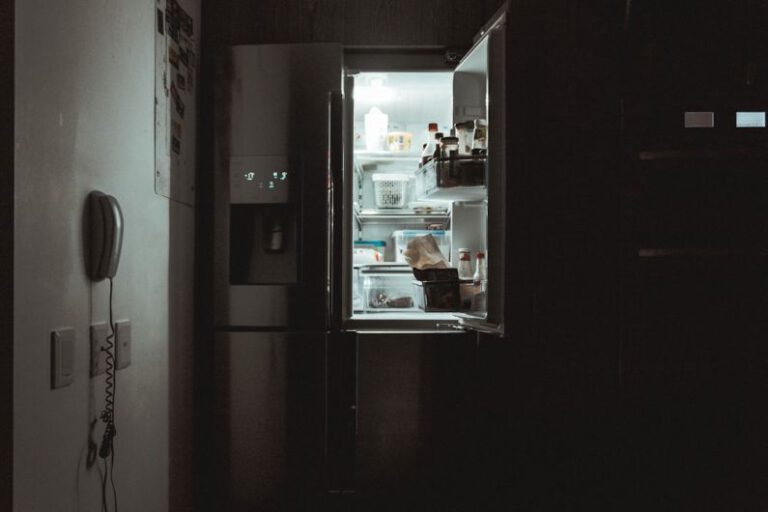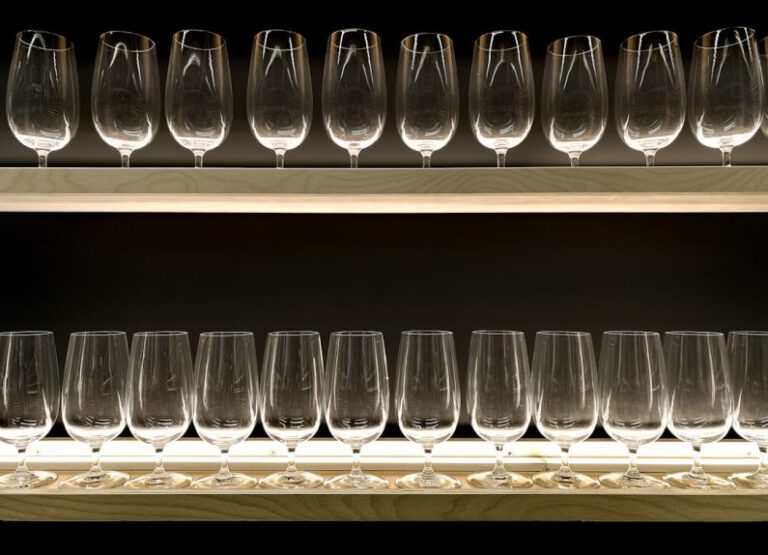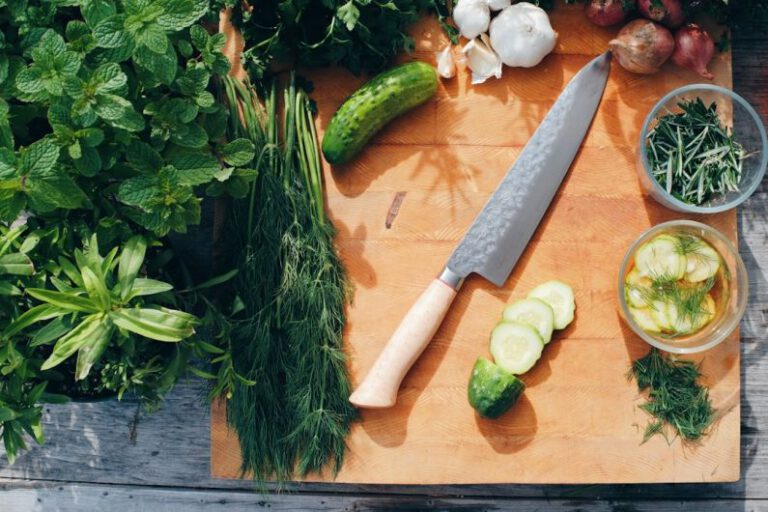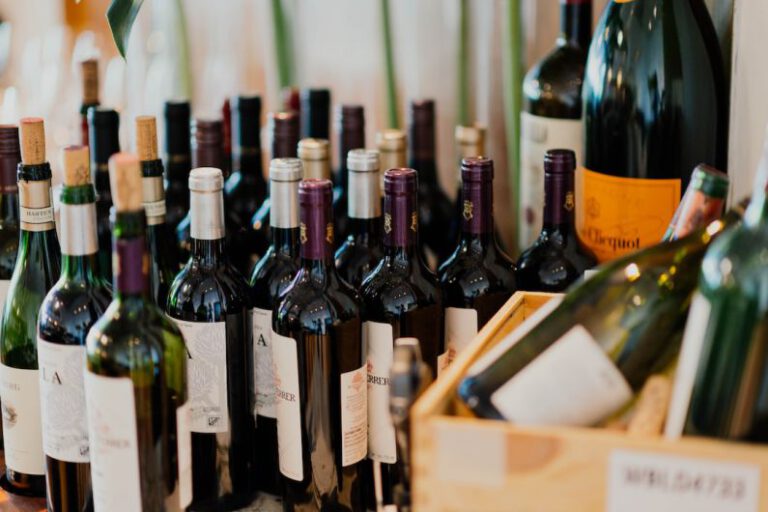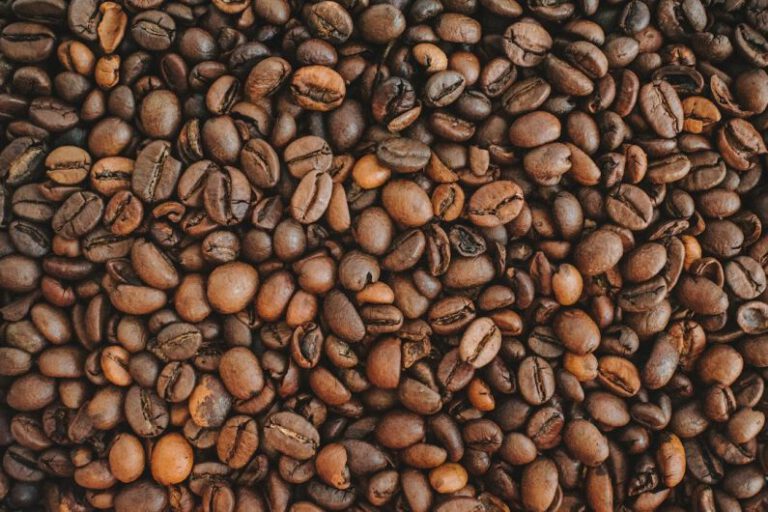The Best Containers for Freezing Food
When it comes to freezing food, choosing the right containers is key to preserving the quality and taste of your meals. Whether you’re freezing leftovers for later or preparing meals in advance, using the right containers can make a big difference. In this article, we will explore the best containers for freezing food and why they are the top choices for this purpose.
Glass Containers
Glass containers are an excellent choice for freezing food for several reasons. Firstly, they are non-porous, which means they won’t absorb any odors or flavors from the food. This is particularly important if you plan to freeze different types of dishes. Additionally, glass containers are sturdy and can withstand extreme temperatures, making them suitable for both the freezer and the oven.
Silicone Bags
Silicone bags are a popular alternative to traditional plastic bags for freezing food. They are made from food-grade silicone, which is safe for freezing and reheating. Silicone bags are reusable, leak-proof, and can be easily sealed, ensuring that your food stays fresh and intact. Moreover, they are easy to clean and can be folded or stacked, saving valuable space in your freezer.
Plastic Containers
Plastic containers are a convenient option for freezing food. They come in a variety of shapes and sizes, allowing you to choose the most suitable container for your needs. Plastic containers are lightweight, making them easy to handle and store. However, it is important to choose containers that are specifically labeled as freezer-safe, as some plastic containers may become brittle and crack at low temperatures.
Aluminum Foil Pans
Aluminum foil pans are practical for freezing food, especially if you plan to reheat the dish directly in the oven. These pans are disposable, which means you can simply throw them away after use, saving you time on cleaning. Aluminum foil pans are also versatile, as they come in different sizes and depths to accommodate various types of meals.
Vacuum-Sealed Bags
Vacuum-sealed bags are a great option for freezing food, as they remove all the air from the bag, preventing freezer burn and ensuring the longevity of your food. These bags are typically made from durable plastic and have a special valve that allows air to be sucked out. Vacuum-sealed bags are space-efficient and can be easily stacked in the freezer. However, keep in mind that you will need a vacuum sealer machine to use these bags.
Mason Jars
Mason jars are not only trendy but also practical for freezing food. They are made of glass, which means they are safe for freezing and won’t absorb any unwanted odors. Mason jars come in different sizes and are perfect for storing soups, sauces, and leftovers. They can be easily stacked in the freezer, and their clear glass design allows you to see the contents without opening the jar.
Conclusion
Choosing the right containers for freezing food is essential to maintain the quality and taste of your meals. Glass containers, silicone bags, plastic containers, aluminum foil pans, vacuum-sealed bags, and mason jars are all excellent options for freezing food. Consider your specific needs and preferences when selecting the best container for your freezing needs. By using the right containers, you can ensure that your frozen meals are ready to enjoy whenever you need them.
